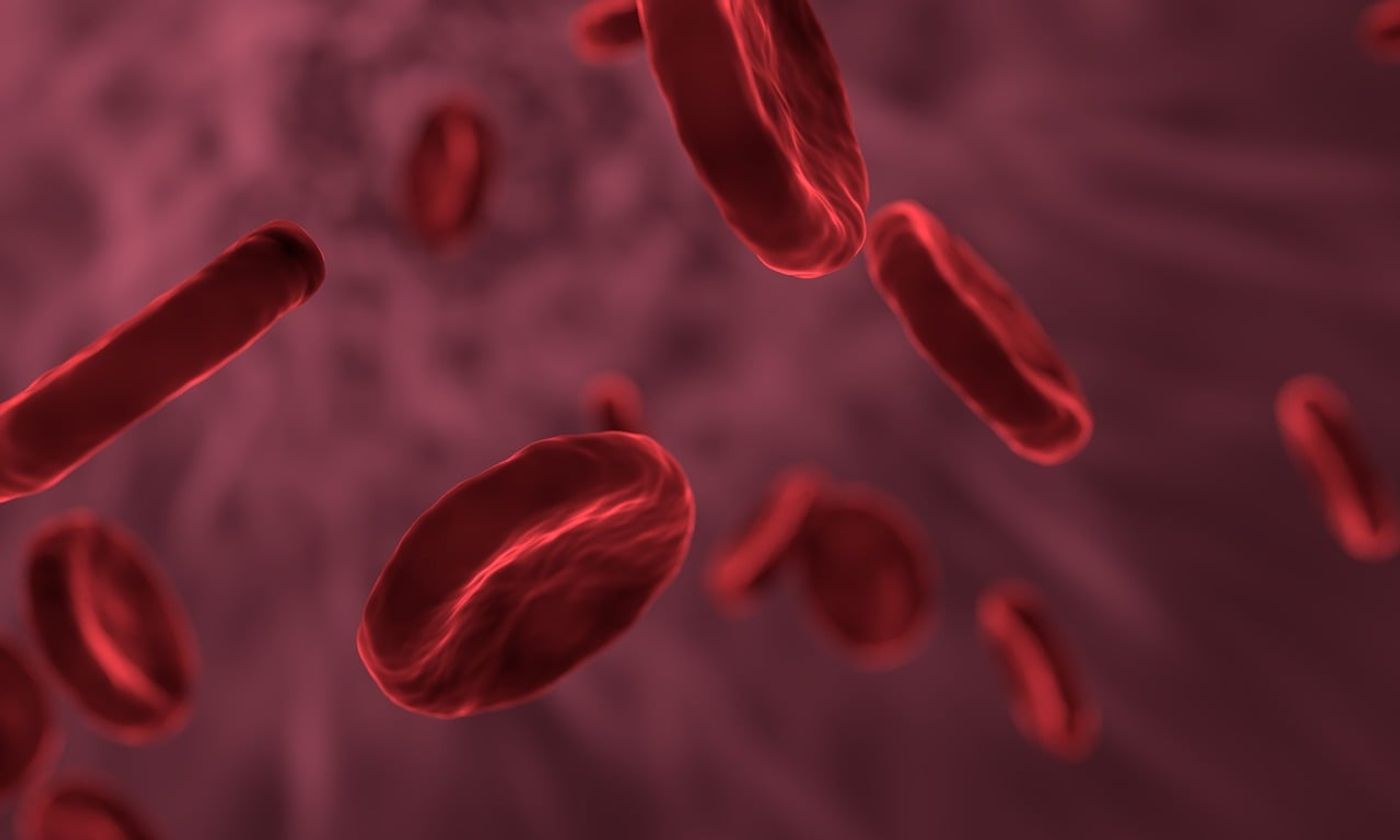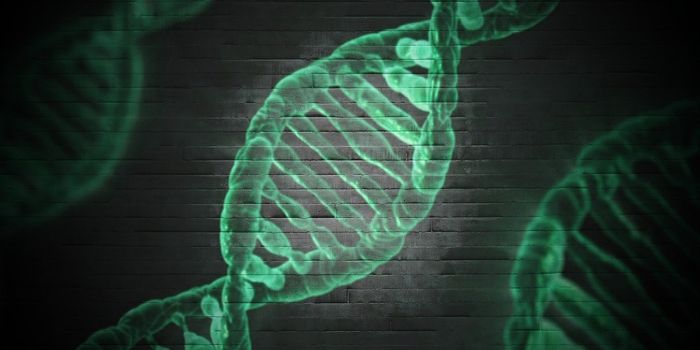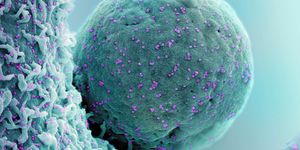Liquid Biopsies and Blood Tests Predict Immunotherapy Response and Side Effects
Immunotherapies have drastically improved the array of treatment options available for cancer patients. In contrast to traditional cancer treatments, like chemotherapy, which work by directly killing cells, immune-based therapies act on a patient’s immune system.
Chemotherapies can also damage healthy cells, leading to significant side effects associated with their use (examples include hair loss, fatigue, and anemia). On the other hand, immunotherapies aim to make the immune system function more effectively to attack cancer cells on its own, effectively limiting side effects to immune system-related adverse events (irAEs). This has led to immune-based strategies becoming a standard of care in many clinical settings, including some types of non-small cell lung cancer (NSCLC).
While immunotherapies have efficacy against hard-to-treat, late-stage cancer, which previously had few treatment options, overall response rates typically range between 20 and 40%, depending on the cancer type and patients’ clinical and demographic characteristics.
Doctors often use biomarkers, molecules found in the body that indicate a biological process or disease, to determine a patient’s likelihood to respond to a specific treatment. Thus, biomarkers have become a mainstay in personalized medicine approaches as they provide essential information to determine the best treatment regimen for an individual. In addition, biomarkers can prevent overtreatment by eliminating treatment options that are not likely to benefit an individual.
For NSCLC, oncologists lack biomarkers predicting clinical response to help identify the best candidates for immunotherapy. However, a recent study published in Clinical Cancer Research has provided a new understanding of the molecular changes that occur in NSCLC patients with good responses to immunotherapy.
The researchers evaluated circulating tumor DNA (ctDNA), tiny fragments of DNA that break away from a dying tumor and enter the bloodstream, in patients with metastatic NSCLC who received immunotherapy. Importantly, doctors can measure ctDNA from a blood sample known as a “liquid biopsy,” providing a minimally invasive method to evaluate this readout.
The study (NCT04093167) evaluated 30 NSCLC patients for a molecular response indicated by the reduction of genetic material from the tumor. Patients with a molecular response had significantly better progression-free and overall survival. Importantly, this finding remained consistent in patients with stable disease, a subset whose imaging would indicate a similar response. In other words, even among patients with stable disease, researchers could detect molecular response differences corresponding to different clinical outcomes.
The researchers also evaluated serial blood samples to predict the development of irAEs, finding detectable changes in the T cells, the immune cells needed to kill cancer, present five months before diagnosis of irAEs. This finding presents a strategy for earlier diagnosis of potential toxicities associated with immunotherapy treatment, allowing for targeted monitoring and early intervention in potentially vulnerable patients.
This strategy presents a relatively easy, inexpensive, and minimally invasive strategy to monitor the anti-cancer effects and irAE onset in NSCLC patients receiving immunotherapies.
Sources: Cell, Clin Cancer Res, Johns Hopkins Press Release
-
MAY 07, 2024Is It Anti-RNP or Anti-Sm/RNP?
-
MAY 08, 2024Expand your Multiomic Capabilities with RNAscope™
- See More
-
APR 30, 2024Immuno-Oncology Virtual Event Series 2024
-
MAY 07, 20243rd International Biosecurity Virtual Symposium
-
MAY 23, 2024For the Love of Digital PCR 2024
- See More


















































